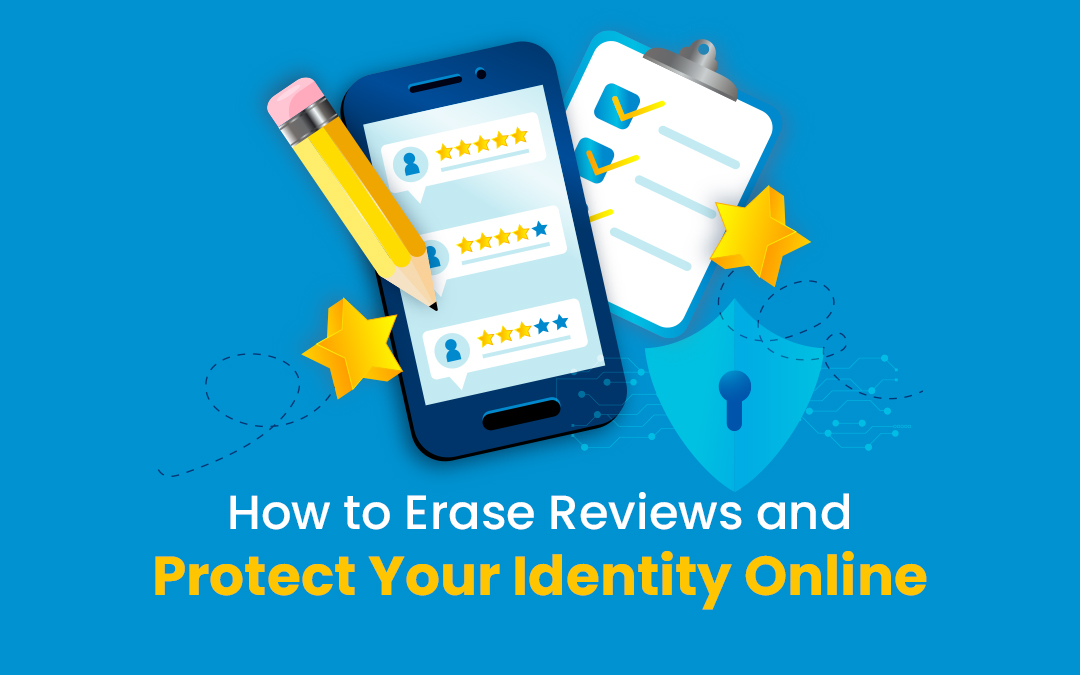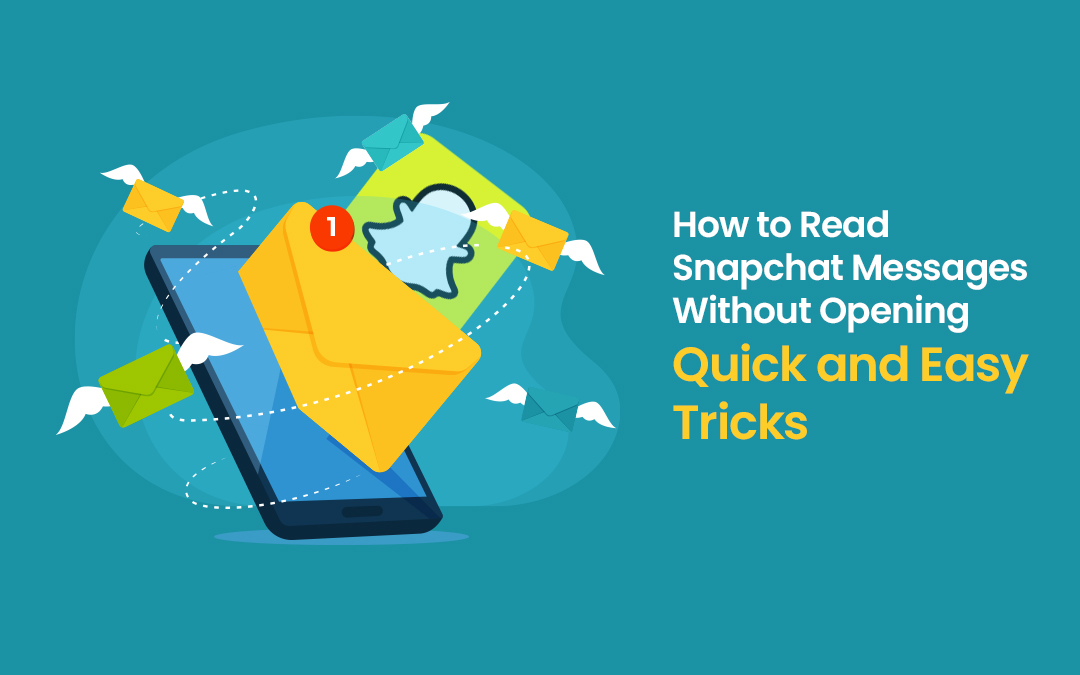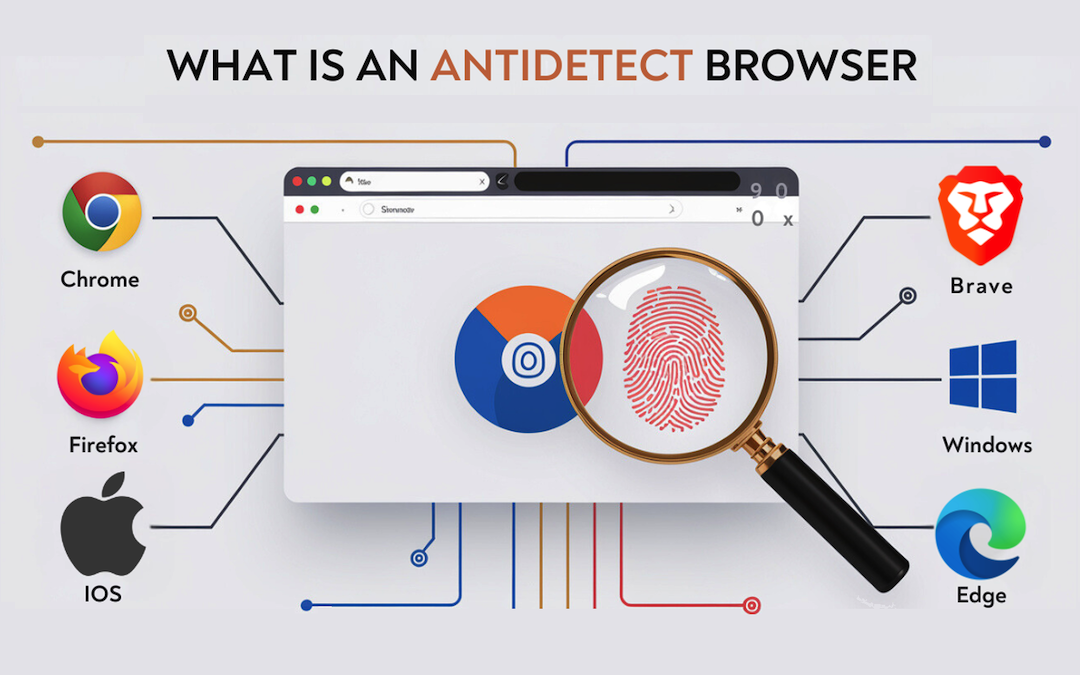
The internet’s openness fuels innovation and connects the world, but it also leaves businesses exposed to significant risks. One growing challenge is web scraping—a technique where automated tools or bots extract valuable data from websites, often without permission. While web scraping can be used for legitimate purposes like research or price comparison, malicious actors frequently exploit it to steal proprietary information, sensitive customer data, or even competitive insights.









